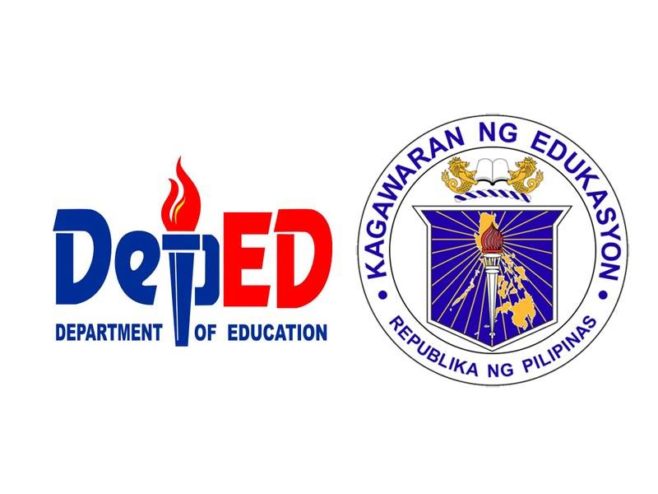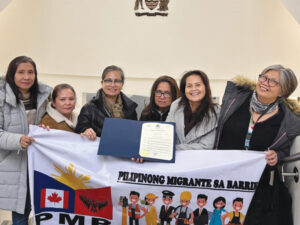A day doesn’t go by without finding myself stumbling on a minimum of a dozen articles and news reports on the Covid-19 outbreak that has taken the world by storm. Globalization in combination with social media amplifies COVID-19 to wider economic consequences. There is nothing quite so contagious as fear. It’s human to fear the unknown, and despite being similar to other diseases, the Covid-19 strain is a novel entity with little known about it. Therefore, it makes sense for governments and organizations to err on the side of caution. Better be safe than sorry.
As schools rest for the next two months and plan ahead for September, some schools have already tested the waters and have come up with concrete solutions to respond to the need to make school year 2020-2021 happen. The U.S. may decide to follow China’s lead, where schools for older students have slowly begun reopening with social distancing, small class sizes and other restrictions. These students have their temperatures checked at school gates and show a green symbol on a phone app to prove they are clear from infection risk. Last week, BC Minister of Education Rob Fleming said that it is possible for K-7 students to be back in the classrooms in September, provided phase s 3 and 4 go through without a hitch, and that the second wave that is reported to come in the Fall will not do damage. Older children can maintain social distancing and wear masks in class and could carry phones allowing for exposure identification. Sending children back in waves could also help by keeping the overall number of students down while routinely testing kids to ensure no one new is getting sick.
The Department of Education (DepEd) Regional Office III crafted its Learning Continuity Plan for School Year 2020-2021 in response to the challenges of delivering basic education services amid the coronavirus disease pandemic in school year 2020-2021. It has proposed several learning modalities that teachers are currently scrambling to learn in a shirt span of time, but it is definite that face-to-face instruction will not happen.
One of the said modalities is called modular, where teachers prepare worksheets for students, to be picked up by baranggay officials, distributed to the specific homes of the children and then retrieved at the end of the week to be brought back to school for the teachers to mark. The question is – why the middle man? Why not allow the kids to get their work from school, to have a semblance of being “in school”, and return the work the same way? Will the danger of contamination be less if a total stranger, whose health profile is unknown, delivers the worksheets to these children’s homes? Why not work on a schedule where only certain students are at the schools grounds to get their work and bring them back?
Another modality is online learning, and we don’t even need to discuss this, because this means electronics and technology that are necessary to deliver instruction in this manner that most schools, especially the public ones, simply do not have. And if the schools don’t have them, does the DepEd expect the children to have them? And is the Philippines ready to increase its national bandwidth for internet connection and Wifi to accommodate all the students who will be online at the same time?
DepEd needs to come up with more realistic solutions to this issue if they want SY 2020-2021 to happen. A mere insistence on no face-to-face instruction, and electric dreams of online learning are not enough because they are not realities in a poor country like the Philippines, whose public school enrollment has just ballooned 300% because families cannot afford to send their children to private schools even if they wanted to. The more the Philippine government and the DepEd stop dreaming, the better the upcoming school year will be for the children.








